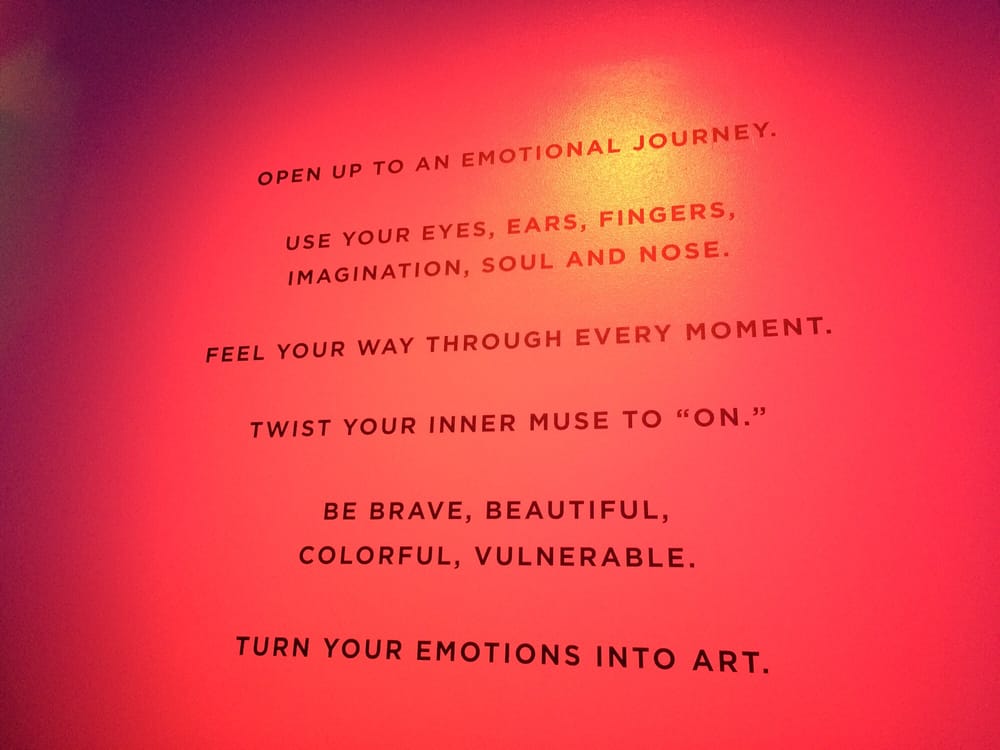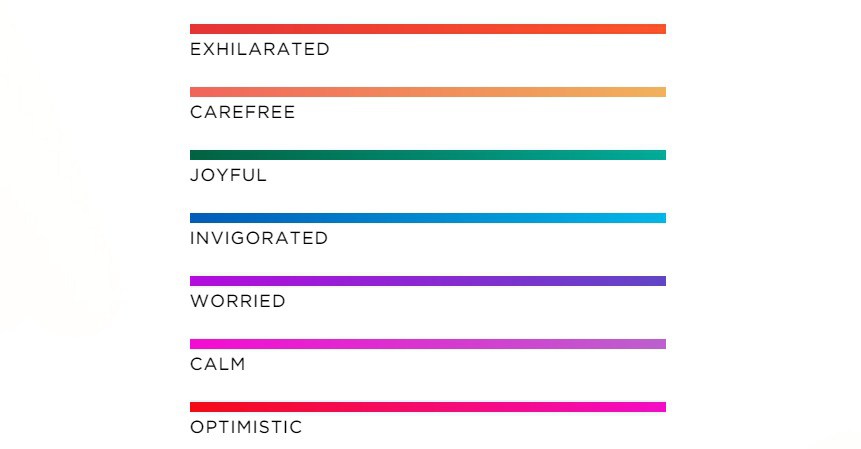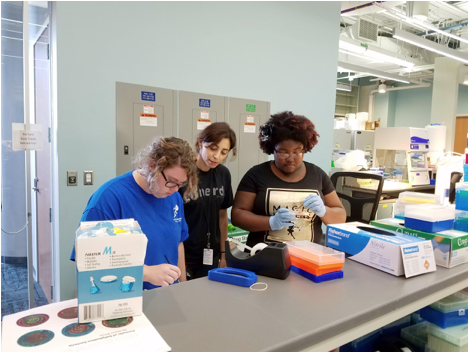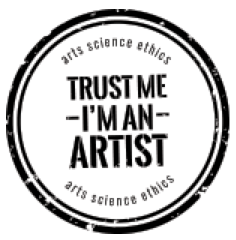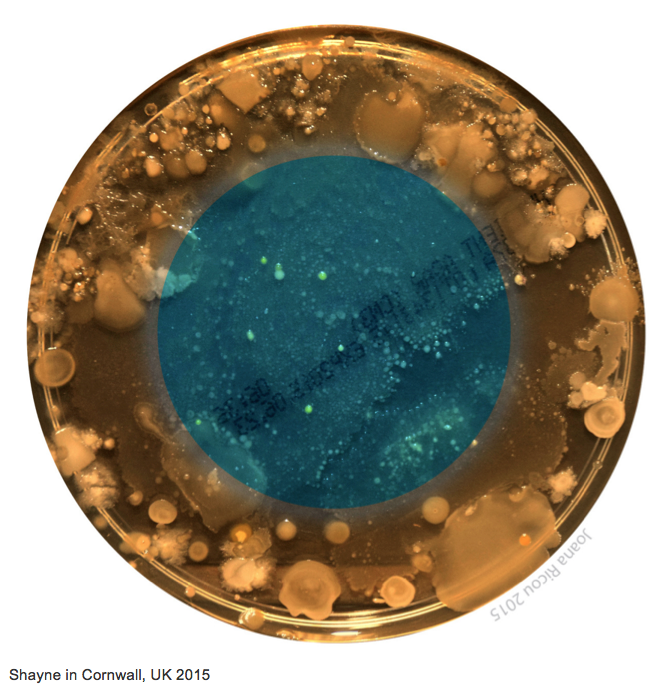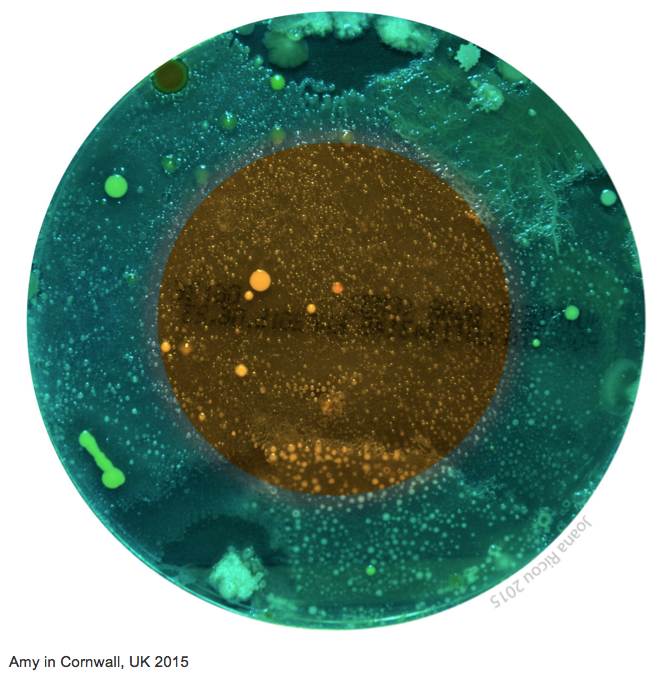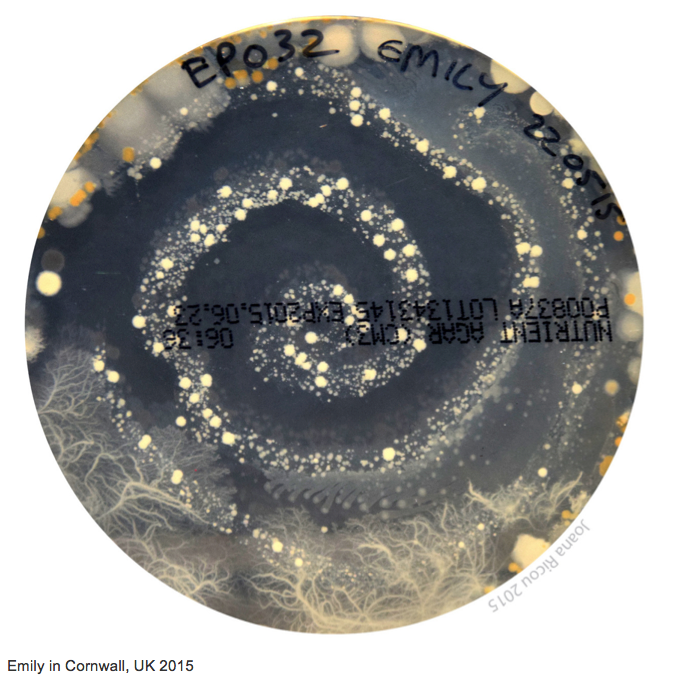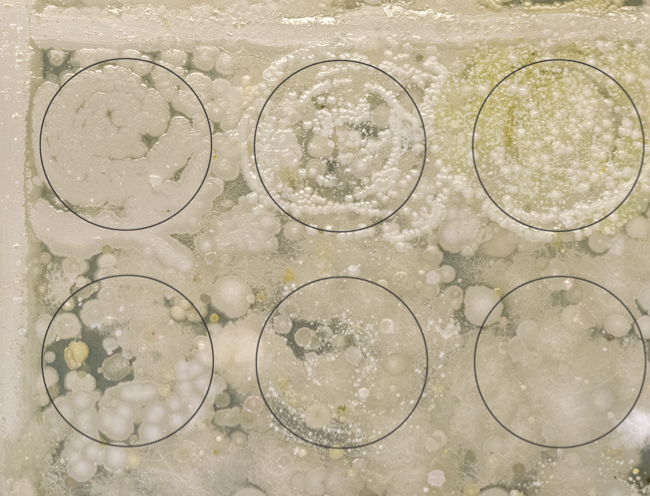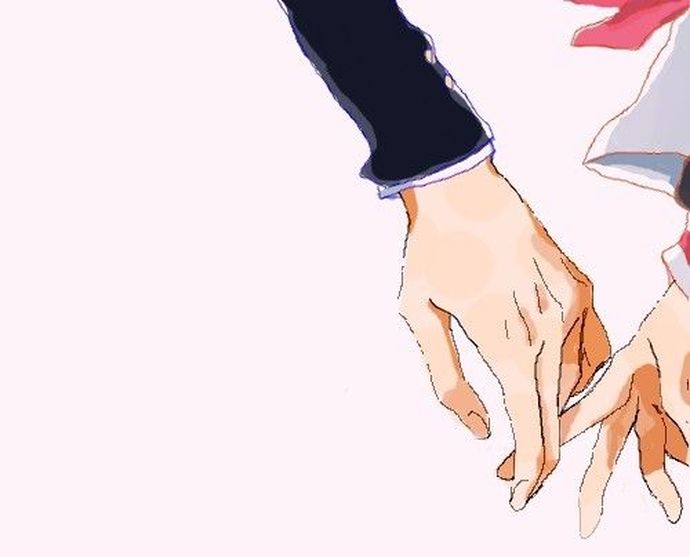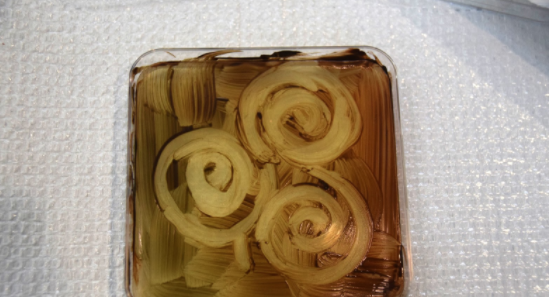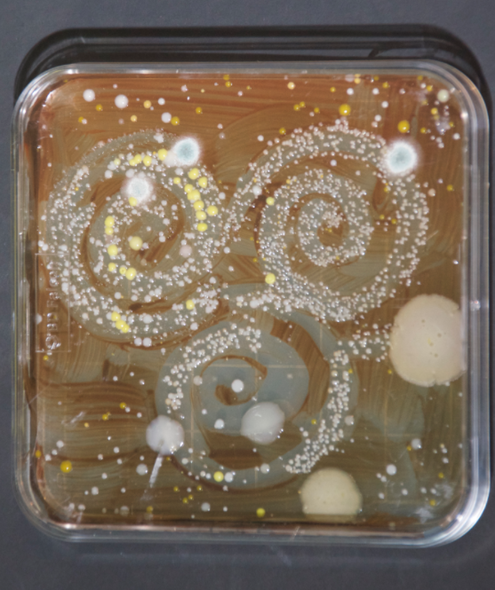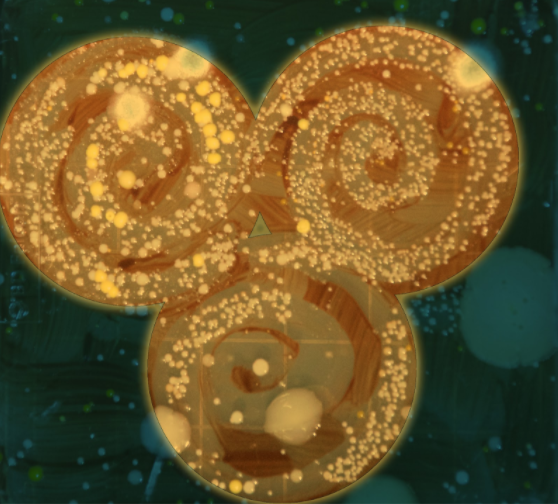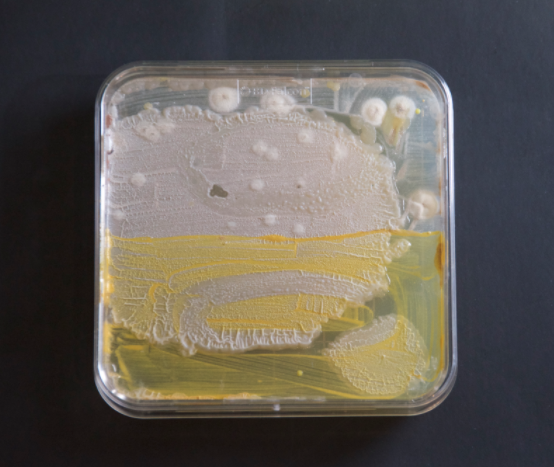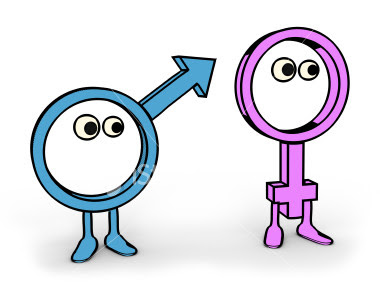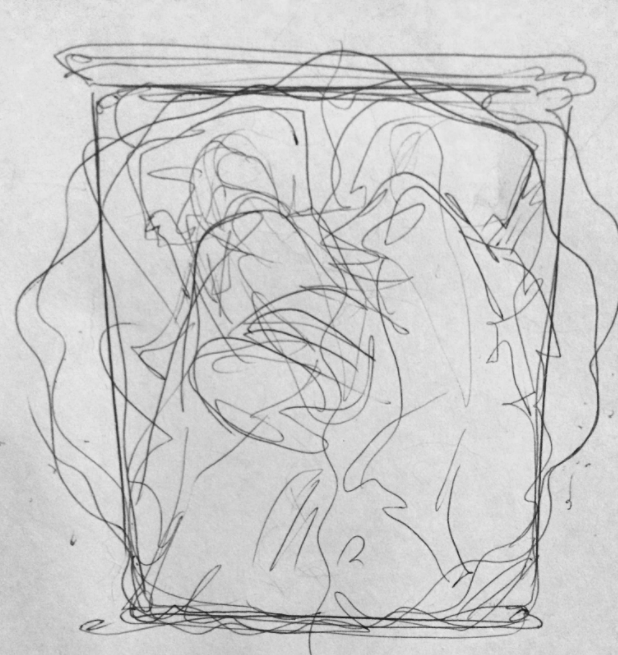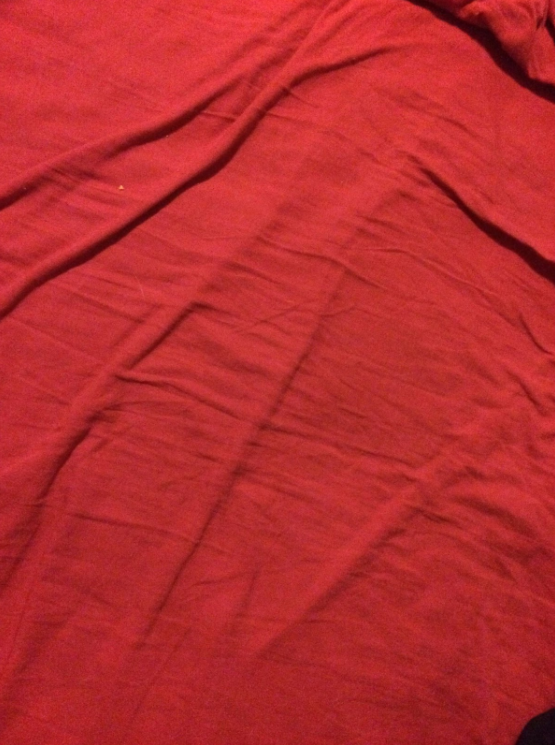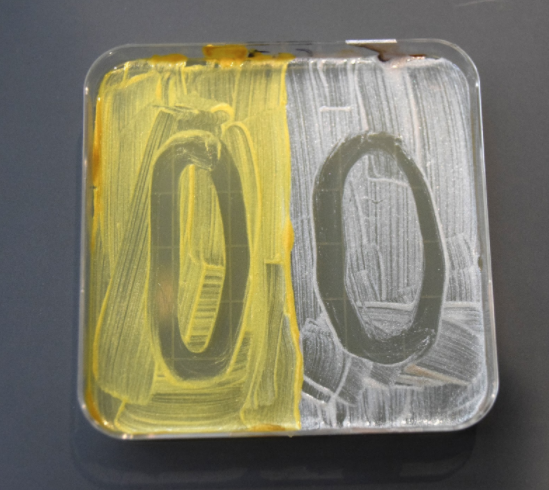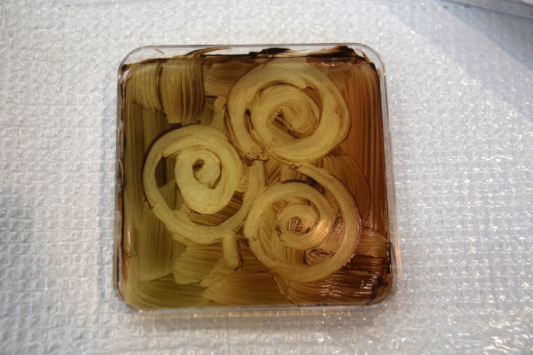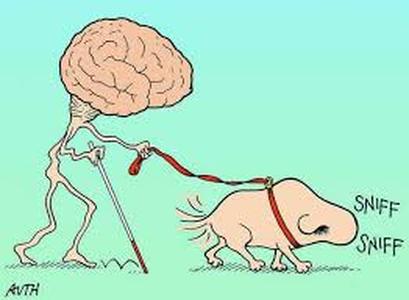|
From Pooneh Smell, emotion, ART! Last November after waiting in a long line for more than an hour, I joined my friends, who had already been in the line and entered the small cube at Museum of Feelings in Manhattan. “Twist your inner mood to own.” Admission was free, and they were letting us through in small groups. Actually, groups of 20-25 go in at a time. Touch, feel, play, listen, imagine and breathe. Trying to emotion and scent to life through an experience. It was like we were taken on a sensory journey through the museum. We moved from one themed alcove to another, five in total, and each with its own distinctive aroma. Our five scents tied to our emotions, and each room evoked each emotion in the abstract through visuals, touch, sound, and smell. Did it really show how fragrance can impact our emotions? The galleries, inspired by Glade® fragrances, allowed us to experience how the sense of smell, in partnership with the other four senses, create the emotions we feel. Also it was like they tried to ignore negative emotions and focus on the positive. We get to walk through different rooms with mood lighting, kaleidoscopes of flowers and a ceiling full of fiber optic lights (the green forest). So from walking through an enchanted sparkling forest of our imagination to turning on our inner kaleidoscope and capturing serenity in a vanilla-lavender room of fuzzy goodness. The scents played a major part of the philosophy. The organizers said "Its unique exterior reacts to social media and real-time data to reflect New York’s ever-changing mood in vivid color." Overall, each room had a different scent, visuals, and emotions/feelings. In fact, the regions of the brain which process olfaction, emotion, and memory are tightly connected. The bond between taste and smell is widely known. But, researchers are realizing that olfaction mixes with the other senses in unexpected ways. Smell is an ancient sense. The more closely scientists look, the more evidence they find that odors play a role in our emotions, our cognition, and even our health. Clearly, there’s a lot to learn. From Joana Artist working in a Lab This sounds like a really wonderful exhibit! I love the idea of combining the senses for a more immersive experience. I look forward to chatting this week about how we could play with some of these ideas. This week, Pooneh asked me “do you have your own lab? If not, how do you get into a lab?” I don’t have a lab, but I’ve done a number of art projects that required laboratories. As far as I know, there isn’t a specific protocol for an artist wanting to enter a lab, there isn’t a form, or any approval process. This is a really interesting area for any artist who is interested in crossing over into someone else’s area of expertise, be they scientists or professionals of any other field. How do I do it? It takes some work and a lot of trust!… I’ll walk you through it. I generally read a lot - news articles, science books and scientific papers. Once I become interested in on a topic, I’ll look for anything going on around it: who is researching this topic? What questions are they looking at? Are they looking at basic science or at applications? Why or why not? My background is in cellular biology and genetics, so it’s very important for me to understand the science rigorously - even if only a small amount of it ever becomes a part of an art project. This process of study usually leads to inspiration: an interesting uncertainty, some boundary-crossing idea that escapes the narrow focus that science investigation requires but that art can boldly embrace. In this survey, I attempt to contact folks in the field who are doing this work - or I reach out to collaborators I’ve worked with before for their guidance. This contact is not to immediately ask for something (like access to a lab! who would let a total stranger into their workspace?!) but to continue learning more about the topic. What guides their research? What discoveries are most exciting to them? How do they see these ideas fitting into the larger context of defining who we are as individuals and our place in the world? While most scientists are often working on incredibly specific questions, most folks that I’ve been lucky enough to get to know have a very deep understanding of the context of that small question - and my representation of this “small question” might seem funny to them, since they understand its complexity much better than I can. As I learn more and get to know folks in the field, I will start to define a more specific idea. Not necessarily a finished product but an angle, an approach. What if… we looked at this and that together? Or sometimes, the conversations themselves start to become naturally a collaboration, and new ideas come directly from this exchange. Many such conversations feel like magic, as we jump from idea to idea, loosely making connections, comparisons, translations… Not all ideas will come to life, but sometimes that creative exchange can be more satisfying that the creation of a finished work. I’ve done a few projects now whose expression required a laboratory. Some of these I accomplished while at special residency programs, such as the School of Visual Arts Bioart residency; another I started at the open community biology lab Genspace, several others have been at university and museum research labs that generously offered me space and support to explore different ideas. With each laboratory that I’ve worked with, I always seek to do a few things: - communicate very clearly about what I’d like to do so my hosts can feel comfortable they know what I am doing - explore in detail any safety considerations and do my best to follow all relevant lab protocols - be very respectful of people’s time: generally, if I am in someone’s lab, I am taking someone’s time or space (and not necessarily at a convenient time or place!) - understand what equipment I need (these are valuable resources, other people may need them!) and what materials I need (I often use very common lab supplies that labs donate - but this is not always possible and I try to be cognizant of cost & payment) - ensure I understand exactly what I’d like to do & how to do it: I’ll usually be learning new techniques or protocols but I am the one responsible for doing the work - remember that there is no protocol for this interaction, and it’s my responsibility to over communicate and ensure my host feels comfortable (and hopefully excited and delighted!) with the collaboration
0 Comments
Pooneh's update Can You Smell That Smell? It was really good to meet my friend’s newborn baby for the first time. A cute boy! Oh his lovely face and soft skin. He was just born from a sterile environment but quickly became colonized by microbes. Joana and I are excited to work on microbiome of couples to see how our skin bacteria play a role in determining body odor. The smell which can attract our partner. The skin, the barrier between the body and the outside world, is the human body’s largest organ, colonized by microorganisms, actually most of which are harmless. Skin is affected by health conditions, genetics, diet, age, cosmetics, soaps, climate zones. Also environmental factors, such as occupation, clothing choice and antibiotic usage, may modulate colonization by the skin microbiota. The skin flora affects the degree of attractiveness of human. I remember a patient of mine … Patient: Doc! I like how my husband smells. I mean in general, not only during sex. I wish they sold a cologne that smelled like him. Is it normal? Me: It is normal to like a nice potent pheromone. Yes, certain body odors are connected to human sexual attraction. A friend of mine told me she dated a guy about six months ago. After two weeks of dating she realized his body odor reminded her of dead fish. Happily ended relationship. In fact the body smell is a combination of different factors including mental or physical stress, hormonal fluctuations and microbes. Of course our own olfactory ability is important as well. Questions from Joana to Pooneh: I’d love to know more about you and about the science of smell! Joana's update More updates on the microbiome work that I have done and am doing. What do you think, Pooneh? Our conversations have converged on exploring the microbiome of couples and how the bacteria that live in our skins play a role in determining body odor and therefore play a role in attraction and the life of the couple. P: Nice, we are going to work on it. In our initial introduction, I talked to Pooneh about my artistic exploration of the microbiome (=all the non-human organisms that live in our body), but especially skin microbes. I am fascinated with the notion that these non-human parts of us can’t be dismissed as a biological add-on to the human wetware, they are an essential part of our biology and play an integral if largely unknown role in determining who we are. In this work, I’ve used microbial samples as stand-ins for the individual and their background, creating portraits and landscapes of “other selves” looking to the microbes expression to talk about the uniqueness of each person and the similarities that bind us to each other and to our environment. Combining samples from people and places has been very interesting: generally environmental samples have thrived better in the artificial growth conditions I provide and add a whole new visual and biological dimension (all 400+ portraits are here microbialart.tumblr.com). Seeing many individual “portraits” together, the similarities and differences resonate clearly and poetically. Recently, I created a piece that looked at the city of Raleigh, combining environmental samples from multiple sites in the city and from many individuals who live or visit the city. I was curious and generally uncertain about the result of combining so many different sources in a single plate: would one sample, or part of a sample, just overtake the entire plate? Would nothing grow? In each plate, the species must find a way to survive: they must conquer they space, compete and in some cases collaborate to live. It was really amazing to see a huge diversity grow! P: Cool, Joana I like it. In this detail, the circles indicate where a person’s sample was plated. I generally plate a human sample in a spiral shape but, as we can see here, they will do as they will. Around the circles I added environmental samples, like the line at the top and along the left and also along the right. The plates were also exposed to the air, capturing whatever was blowing the wind. I was really happily surprised with the result: the microbes did not “color within the lines” - in some cases it is impossible to tell where human or environment stops and ends.
In last week’s post, I shared some images of simpler plates that combined only samples from me and my husband. It’s possible the more limited results came from the delay between getting the samples and getting them on the agar. In terms of smell, though, all of these plates smell A LOT and NOT VERY WELL. Something like a million dirty socks. If that was a signal of whether I was attracted to my husband, we’d be in a bad state!... P: Lol, funny. Also, interestingly, this week I participated in a long-table conversation hosted by the Ligo project, where people from different backgrounds: a researcher, an educator/citizen scientist leader, cultural anthropologist and artist (me!) came together to facilitate a conversation on the role of microbiome in culture. It was fascinating how a conversation can start in place of scientific inquiry and range as wide topics as health, climate change, holy grail economics, social inequality and the imperfection of political systems. It was a perfect encapsulation of the driver (my driver) for doing this type of work: scientific knowledge and questions don’t hesitate in isolation but are essential to our our understanding of ourselves, our relationship to each other and our place in the world. Like with this project, the science of body odor may hold a lot of insight to relationships. P: I would like to attend these meetings. Check them out here! Pooneh's update When you're turned on by your partner's scent, taking a deep whiff of her chest or neck feels like taking a powerful medicine. Body odor isn't the be-all and end-all of attraction, but it is an important factor. Scientists have studied the smell-disabled to see how they differ from the rest. The researchers found that the men with anosmia had five times fewer sexual partners than the healthy men. The women with anosmia had about the same number of partners as the healthy women, but more relationship insecurity. The nose is a sexually interactive organ; it tends to run when we get aroused. "The French take the subject so seriously they even have a word for the scent of a woman when perfume is mingled with her body oils, pheromones and sweat and heat: her cassolette." Researchers collected sweat from volunteers to capture their body odor while in neutral mood, or in fear, happiness or arousal. Then they gave the sweat samples to either a stranger, or a partner. Though participants couldn’t distinguish between specific emotions, they could distinguish between neutral and moody odors. The partners were able to do it better than strangers. Scientists collected the tears from women watched a sad movie, and when they wafted the tears under the noses of male subjects, the response was a decline in testosterone levels and sexual arousal. Yes the nose, knows. But the power of scent doesn’t mean that you can use it as an instant shortcut to find your soul mate. Joana's update
Very related to our recent conversations, I got to re-visit Invisible You, the exhibit on the microbiome developed by the American Museum of Natural History that has now travelled to the North Carolina Museum of Natural Sciences. I visited the Museum at the same time to develop a piece specifically on the microbiome of the city and its inhabitants. There was a lot to discover about the role of odor in relationships! Turns out the same lab I was collaborating with, already had been focusing on that exact topic. The Museum produced a section of the exhibit especially on the topic. Here is a summary of what I learned:
I’m not sure we can assume that good bacteria don’t smell bad though. I’m also not sure that we can distinguish bacteria that contribute “positively” or “negatively” to our body odor. This information completes the connection from what makes us individuals (our DNA, our behavior) and our smell: the microbiome. Our unique DNA and our behavior impacts the microbiome that flourishes on our skin. The microbiome then generates our unique body odor, playing a determinant role in relationships with other humans and other organisms. Can we look at the microbiome of a couple to determine whether they are a match? How does a couple’s microbiome evolve from before they know each other to years after getting together? Are there microbes of love? Pooneh and I discussed the idea of culturing clothing of people in a couple, to examine how their microbes would interact. Is there a signal in the microbes that signals a positive relationship? Pooneh's update Have you ever tried to tuck your partner’s shirt into a Ziploc bag to preserve his/her smell embedded in it? I am talking about a subtle smell - not the sweaty body odor someone has after doing hard manual labor for a few days without washing. This is an inherent smell that we carry and we can't change it by washing or perfume. The fact is, sex is central to a relationship, and smell is part of sex. Scent-sexual connection is what makes a monogamous relationship different from a friendship. It is like a glue to hold partners together. Of course there are many factors that influence sexual attraction but it is not far-fetched to believe that biology plays a role. Our noses are good at picking someone who is compatible with us. While kissing we also taste a person's odor-type, which in turn will help determine whether that person could be our perfect mate. That is a good setup for long-term monogamy. The fact is you want to know that your partner is committing to you the person YOU really are, not the self you have to pretend. The one who easily accepts your past and wants you just the way you are. If you want to feel inspired to stay committed, you need to find a person who inspires you, and turns your body, heart and mind on in a variety of ways. This may take time and several false starts. If you are in a long term relationship with someone but you start out comparing your partner to others and wishing your partner was different in this way or that way, I would say it is better not to eat the soap!!! Joana's update Initial results! In this plate, I’ve combined microbial samples from my self, my husband and our son, Vasco (1 year old). The brown is an acrylic paint - each spiral is drawn with the Qtip carrying each sample. After one week of growth (see below), all three circles have grown showing interesting similarities. The top left is Dad, top right is me, and the one below is Baby. A digitally painted version: The petri dish below was painted with acrylic paint, the yellow part was then swabbed with a sample from my side of the bed (yellow) and my husband’s (white).
See the result below after a week of culturing. While the resulting image itself is not particularly striking, the microbial behavior lends itself to much tea-leaf reading. The swab marks have not originated individual circles of microbes, instead an all-over giant white colony has grown smack in the middle of the “bed” ignoring completely the artificial boundary indicated by the paint. Pooneh's update So Joana and I are going to study more about the connection between scent, sexual attraction and co sleeping. The Science of Sex: Does the Nose Know? Considerable evidence suggests that we produce individually unique body odors, and that we easily discriminate between the body odors of different people. Our body odor is mainly influenced by Major Histocompatibility Complex (MHC) molecules that are genetically determined and linked to the immune system. Research has shown that the human species is mostly attracted to scents with different compatibility genes from themselves. When it comes to sexual attraction, we can sniff out our match not only by the deodorants they use, but also by the body odor we find most attractive, masked under those chemicals. Most of us try to cover it up with deodorants and perfumes (I am not against it), but body odor might actually help us find our best-fit romantic partners. Apparently, the magic scent is not some romantic elixir but the aromatic effluence of our immune system. The only trouble is we don't give it a chance. Perfumes and colognes have strong connection to memory and that hasn’t stopped fragrance makers from touting perfumes designed to lure the opposite sex. Our sense of smell literally prevents us from sniffing out alternate partners while we’re dating someone else to protect the monogamy of our relationship (or at least it should!!!). Perfumes and colognes smell differently on everyone. They react differently on everyone’s skin, so our body temperature and biological makeup determines how a scent will uniquely reveal itself on us. So, maybe the person who possesses your opposite MHC composition, who also just happens to be wearing a fragrance that makes you happy, is your soul mate. Maybe it means that perfectly unique combination of a fragrance and a natural scent makes another person smell intoxicating to us. Joana's update This weekend, I was at the North Carolina Museum of Natural Sciences creating a piece about the microbiome of the city and its inhabitants. I thought also about the topics of co-sleeping, shared living spaces... In the lab, I tried a couple of little experiments. In this plate, I put two microbial samples: one from my side of the bed, one from my husband’s side of the bed. The samples are combined with acrylic paint, not sure how that will interact. In this plate, I’ve combined microbial samples from my self, my husband and our son, Vasco (1 year old). I’m interested to see what the similarities and differences might appear.
Pooneh's update So you’re in a nice candle shop and you get that “Island Sea Breeze.” As you close your eyes and take a whiff, you imagine yourself in a paradise, waves caressing the sandy shore. You feel the heat but you are refreshed by the calm winds and the umbrella drink in your hand. But as soon as that inhalation is over you are back to reality. Ever wonder why smells bring out emotions and memories? Now that there is an understanding of the relationship between scent and emotion, we simply cannot just deny it. A new smell is usually tied to a person, object moment or an event. Once that link is embedded in the brain, it is easily triggered when something similar is reintroduced. “Smell is a potent wizard that transports us Chemical cues in the environment (odor-ants) guide behaviors critical for survival, such as mother-infant interactions, finding food and avoiding predators. “A pleasant scent can signal powerful memories that bring us back to a great experience - while a disagreeable odor can be offensive.” Regarding to a number of studies the odors people like make them feel good, whereas odors people dislike make them feel bad. Heart-rate and eye-blink rates and skin conductance, in response to scents coincide with the mood the person is experiencing. Odors do affect people’s work performance and mood, but it isn’t because odors work on us like a medicine, instead we work on them through our experiences with them. In fact, there is a direct correlation between scents and emotions, all driven by cognitive forces. Olfaction is a chemical sense that has relationships with emotion, and there is a neurophysiologic interaction between the systems of olfaction, emotion and memory. Odors, composed of monomolecular components, are analyzed by peripheral receptors into component features and translated into spatiotemporal patterns of neural activity in the olfactory bulb. But whether or not the sense of smell in human interacts with social and sexual communication… I am going to talk about this topic in the next coming weeks. Joana's update
In our conversations this past week Pooneh and I discussed the theme of smell in relationships and co-sleeping. I spent some time this week researching the topics - looking at it from different points of view like some existing artistic works, scientific research and advertising. Smells, relationships and perfume Thinking about the theme of smell and relationships, I instinctively think that smell is an overlooked sense (pun somewhat intended). But a second of reflection reminds me that smell is a huge industry, in fact it is a carefully thought-out and segmented industry. Make your home smell nice (hide the bad smells), add new smells and make your home smell like something that isn’t a home; make your body smell nice, use deodorant (hide the natural bad smells); add new smells and make yourself sexually attractive, give yourself a new identity. The preference to hide bad smells and of smelling nice may seem obvious now, but some of our preferences may be entirely constructed habits encouraged by companies who want to sell us some new smell-irizer. Read this neat Wired article about how millions eventually became convinced that we need air freshners in our homes. I’ve always found perfume ads particularly vacuous: selling something you can’t see is not actually uncommon, but perfume sellers seem to really struggle when making ads. Generally, these ads equate colognes/perfumes with providing (much needed?) boost to sexual attraction. On a more disturbing note, women’s perfume ads have become not only intensely sexual and objectifying but also often have undertones (or even overt tones) of submission and coercion. See the article The highly sexual art of selling perfume on Daily Life.
|
Visit our other residency group's blogs HERE
Pooneh Heshmati is an award-winning cognitive neuroscientist, physician, and post doctoral researcher at Northwell Health in New York.
Joana Ricou is an award-winning NYC-based artist, and creative director of Regenerative Medicine Partnership for Life.
|

